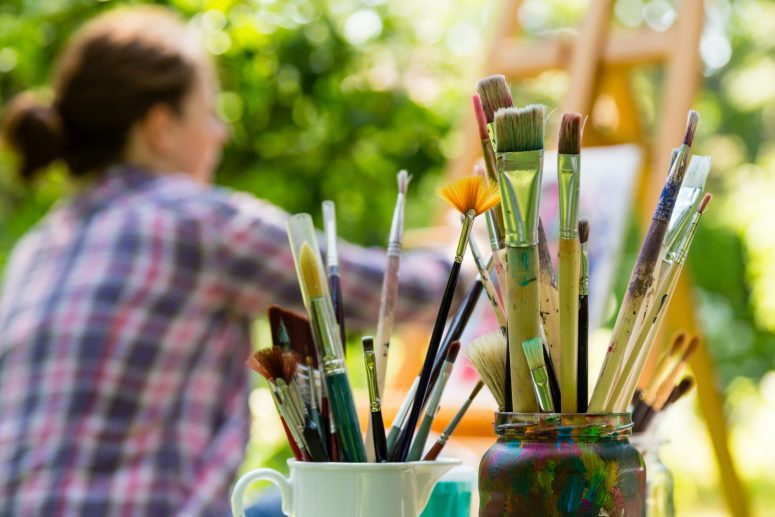In the continuous changes and challenges of daily life, it’s easy to become overwhelmed by the weight of our emotions. Whether it’s anger brewing under the surface or a heavy cloud of sadness casting a shadow over us, navigating these feelings can be difficult. However, artistic expression can be a powerful tool for alleviating these emotions.
We all have our ways of coping with the ups and downs of life. However, engaging in creative activities such as painting, writing, or playing music can offer a unique outlet for processing. As well as releasing pent-up emotions. Research in psychology has shown that artistic expression can serve as a form of emotional detox. Allowing individuals to channel their feelings into something tangible and constructive.
Benefits of using Hobbies for Emotional Release
One of the key benefits of turning to hobbies as a means of emotional release is their ability to engage both the mind and the body. When we immerse ourselves in a creative activity, whether it’s through painting or playing an instrument, we enter a state of flow where our focus is fully absorbed in the present moment. This state of flow not only provides a welcome distraction from negative emotions but also allows us to express ourselves freely without consequence.
Moreover, engaging in artistic hobbies can promote a sense of accomplishment and mastery. Which can be particularly empowering when dealing with feelings of anger or sadness. When we create something meaningful, whether it’s a piece of art or music, we remind ourselves of our ability to create change in our lives and the world around us. This can help us to regain a sense of control over our emotions.
Connection and Community
Furthermore, artistic expression through hobbies can foster connection and community, which are essential components of emotional well-being. Whether it’s joining a local art class or participating in a writing workshop, engaging in creative activities can provide opportunities to connect with like-minded individuals who share similar struggles and experiences. Through these connections, we can find validation, support, and encouragement, helping us to feel less alone in our emotional journey.
But how exactly does artistic expression help to detoxify feelings of anger and sadness? One explanation lies in the cathartic nature of creative expression. By externalising our emotions through art, we are able to distance ourselves from them. Gaining a new perspective in the process. Rather than being consumed by our anger or sadness, we are able to observe it from a more objective standpoint. Allowing us to process and release these emotions in a healthy way.
Moreover, engaging in creative activities can stimulate the release of endorphins, neurotransmitters that act as natural mood lifters. Studies have shown that activities such as painting, drawing, and playing music can trigger the release of endorphins, leading to feelings of euphoria and well-being. By using this natural mechanism, artistic expression can boost our mood, helping us to cope with difficult emotions more effectively.
In conclusion, artistic expression through hobbies offers a powerful means of detoxifying feelings of anger and sadness. By engaging in creative activities, we can enter a state of flow, channelling our emotions into something constructive and meaningful. Moreover, artistic expression fosters a sense of accomplishment, connection, and empowerment, all of which are crucial for emotional well-being. So the next time you find yourself grappling with difficult emotions, consider picking up a paintbrush, pen, or instrument – you may be surprised at the transformative power of artistic expression.
If you think that you can benefit from professional support on this issue you can reach out here.
Lisa Scalpello is a trainee professional offering therapy sessions to clients who are experiencing struggles in different areas of life such as work, studies or relationships, that put a strain on mental health. She is trained in cognitive behavioural therapy (CBT) and acceptance and commitment therapy (ACT)
References
Genuth, A., & Drake, J. E. (2021). The benefits of drawing to regulate sadness and anger: Distraction versus expression. Psychology of Aesthetics, Creativity, and the Arts, 15(1), 91.
Rusu, M. (2017). Emotional development through art expressions. Review of artistic education, (13+ 14), 227-238.

